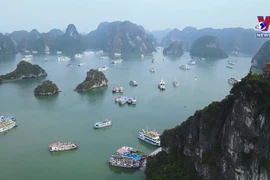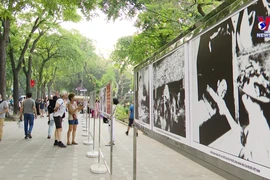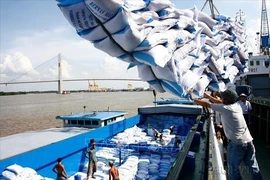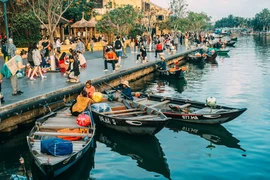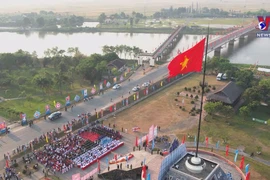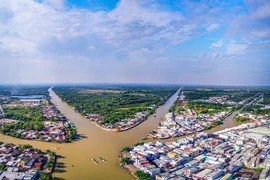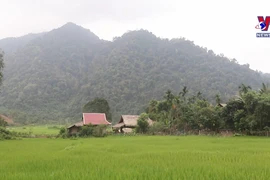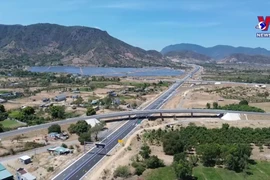Dubbed a paradise in the middle of the sea, Ly Son is an enchanting island in Quang Ngai province. As the only island district in the province, Ly Son has risen into an attractive tourist destination in recent years thanks to its pristine and poetic seascape. However, the majority of tourism businesses on Ly Son Island are small-scale and operated by households.
Like other countries, the trend of environmentally-friendly and sustainable tourism is also shaping the future of Vietnam’s non-smoke industry. In addition to harnessing the potential of island tourism, localities are placing strong emphasis on environmental and marine ecosystem protection. Alongside popular tourism products such as beach tourism, priority has been placed on developing spiritual and cultural tourism, festivals, and culinary tourism in coastal areas.
The Prime Minister has approved the Strategy for tourism development for Vietnam by 2030, as stated in Decision No 147/QD-TTg dated January 22, 2020. The strategy recognises sea and island tourism as one of four key components in Vietnam’s tourism industry.
Harnessing the strengths of seas and islands not only contributes to the tourism and economic sectors, but also instils a sense of national pride and fosters awareness of environmental conservation. This, in turn, increases the understanding among Vietnamese people about the vital role that Vietnam’s seas and islands play in protecting, building, and advancing the country./.

